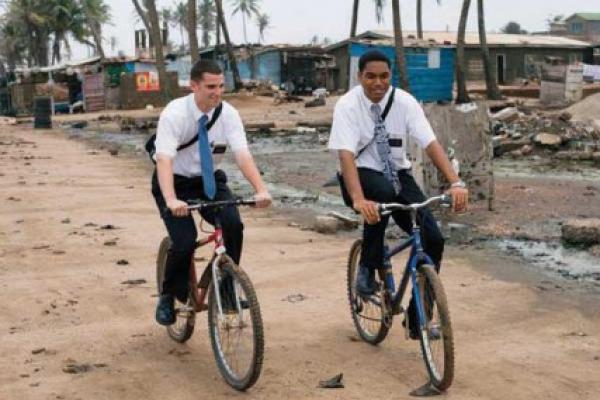Oct 9, 2013
Four died in transit accidents. Four succumbed to health problems. One was electrocuted while doing a good deed and another fell to a stray bullet.
Ten Mormon missionaries have died so far in 2013, far above typical levels. And while church officials insist the spike doesn’t represent a trend, it has raised anew the question: Is missionary work safe?
The answer, according to the head of the faith’s Missionary Department, is an emphatic yes.
In a rare statement issued in September after the 10th missionary died, Elder David F. Evans said Mormon missions are inherently safe. At the same time, he offered words of solace to the affected families.
Read the Full Article

Already a subscriber? Login
